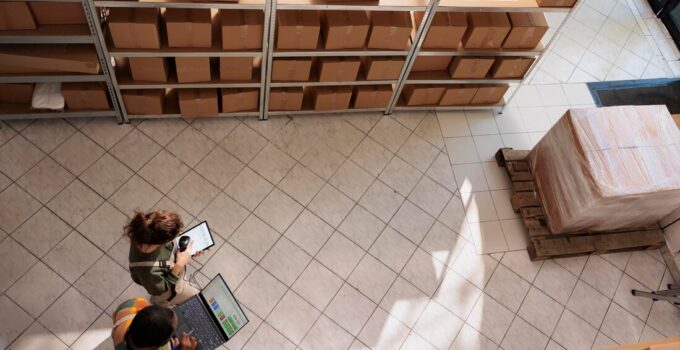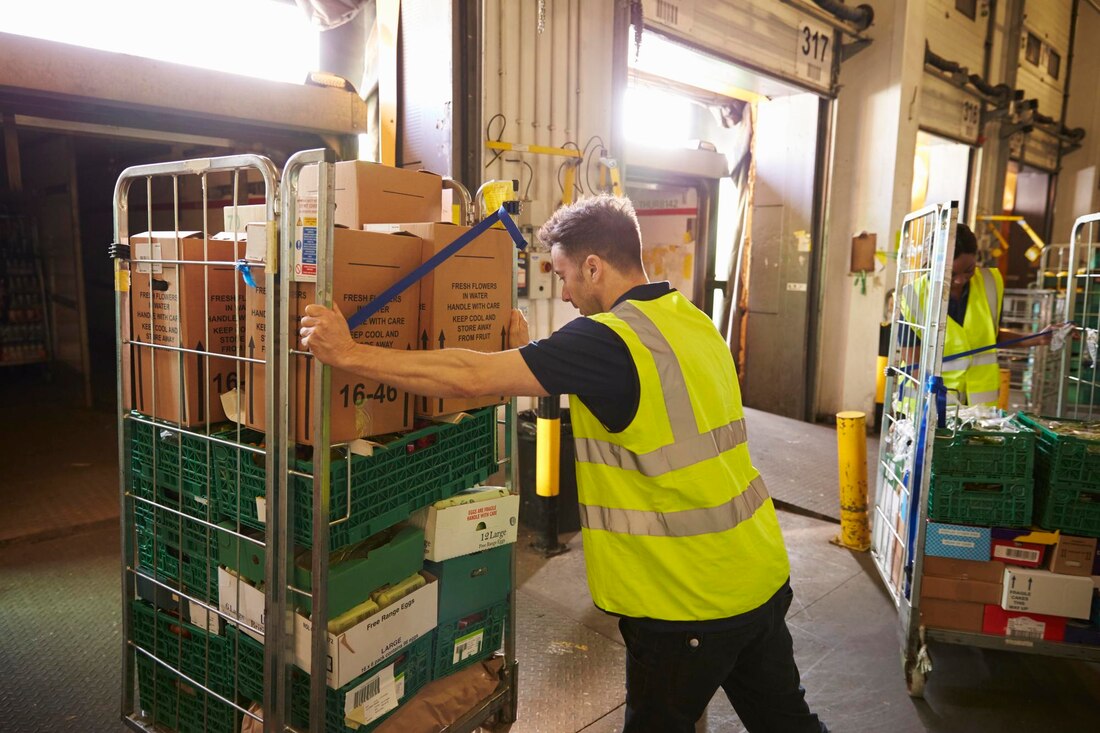Changes are always coming. Instead of running from them and trying to stick to the standards, you want to find a way to adapt and even predict any new elements that arise.
In 2025, the main shift in the surplus industry is coming from the emergence of Surplus-as-a-Service (SaaS).
In other words, this is a platform-based business model that transforms how companies manage, monetize, and move excess inventory and assets.
The way it is done is not simply by following the standard manual and traditional strategies. Instead, it combines technology, subscription frameworks, and service-oriented approaches.
SaaS offers everything you need in a business and the way it operates:
- Scalability.
- The option to predict demand.
- Efficient solutions around sourcing and growth.
- Tailored solutions to the complexities of surplus management.
Coastal Surplus Solutions is one of the top companies that understands how surplus has changed.
We guide our clients through the steps and focus on how we can bring support to the way everything operates.
Feel free to contact us and start learning here how the entire concept works.

What Is Surplus-as-a-Service?
Explained in depth, SaaS is a system that applies the principles of platform and subscription business models. This is done to bring better management of the surplus inventory in every business and depending on the reseller or startup.
Instead of one-off sales or ad hoc liquidation events, companies subscribe to ongoing services that include surplus identification. They also include tracking, pricing optimization, and liquidation through digital marketplaces.
Dedicated platforms are also included through the entire package and offer great options to leverage your sales.
The model works with all around data analytics, automation, and real-time inventory visibility. The idea is to do it to work on continuously unlocking value from surplus assets.
However, a lot is involved and you need to make sure you consider variables and how it can be leveraged depending on your business and the way surplus works.
Why Platform Models Are Ideal for Surplus
Many startups and surplus owners find the idea of platform models useless.
More than a necessity, they consider they are only a way to “divert” resources or even lose them. However, it is quite the opposite.
This new system around the surplus industry is beneficial since it allows for:
- Predictable revenue streams. With the new subscription-based models, it is possible to have steady and recurring income that supports sustainable growth.
- Scalability thanks to the platform’s rapid response. You can be the supplier, buyer, or service partner, and easily find the other party to complete your business.
- Efficiency gains. Automation and AI optimize inventory. Instead of having to implement an option yourself, you get all your projects handled without extra work. this includes optimizing matching, pricing, and logistics.
- Customer loyalty and insights are improved. You can tailor offers and work more on specific opportunities.
The Future Outlook of SaaS
Businesses are facing increasing pressure to manage surplus efficiently and sustainably. As a result, Surplus-as-a-Service platforms are poised to become the industry standard.
By combining subscription revenue models with cutting-edge technology, these platforms are everything you need.
They empower companies to turn surplus from a costly burden into a strategic asset.
It is all about the use, how it is implemented, and how you work through it.
SaaS truly represents the next evolution in all this process and how surplus management is handled.
Feel free to contact us to discuss further and gain leverage over the strategies.
As mentioned by Shopify’s research, surplus is a great business model and the right implementation can do magic.





